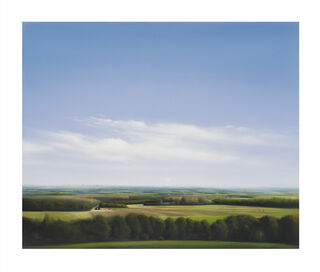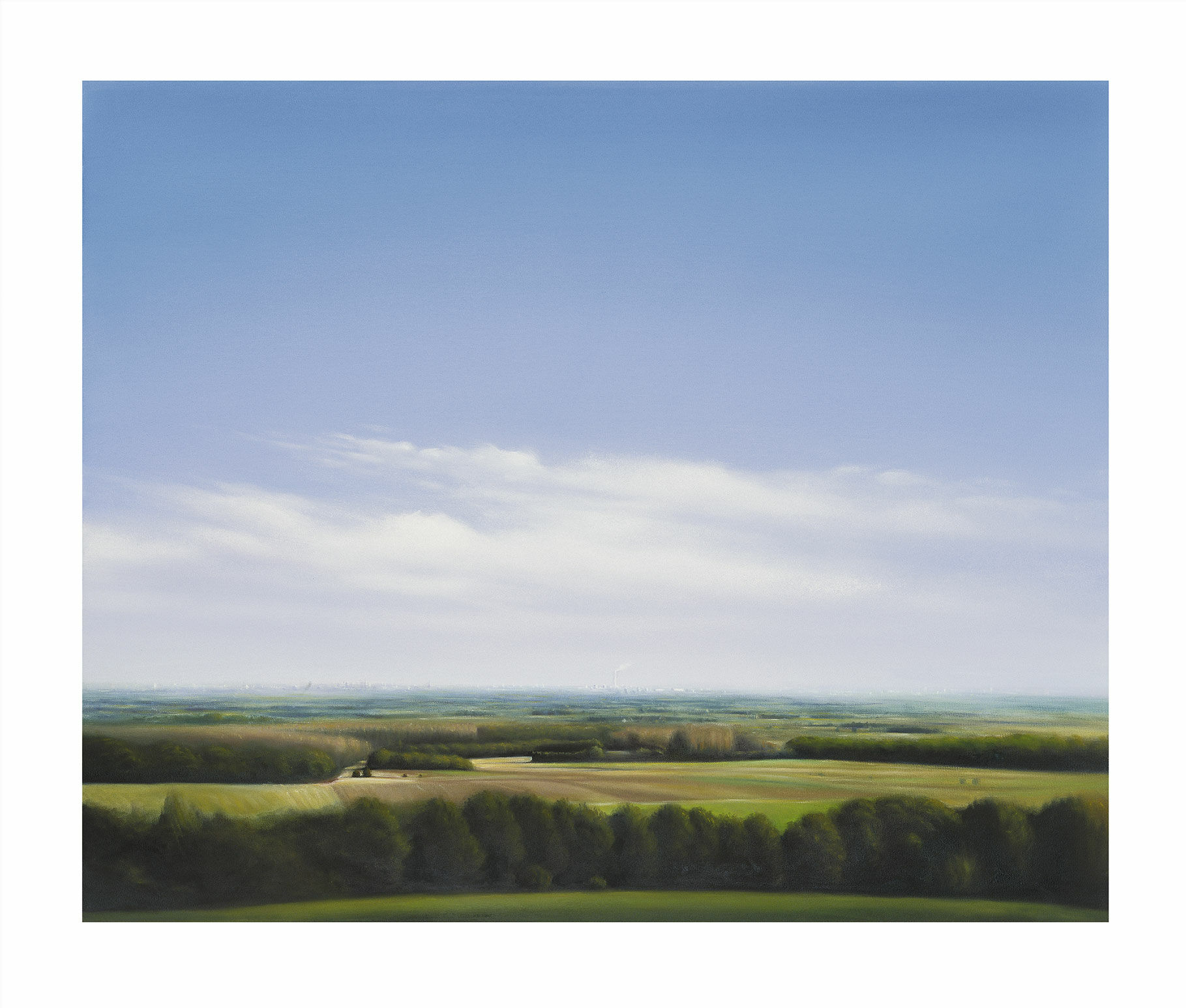Picture "Landscape in the Ruhr Area", unframed


Picture "Landscape in the Ruhr Area", unframed
Quick info
ars mundi Exclusive Edition | limited, 199 copies | numbered | signed | reproduction, Giclée print on handmade paper | unframed | size 51 x 60 cm (h/w)
Detailed description
Picture "Landscape in the Ruhr Area", unframed
Johann Hinger has been intensively interested in the Ruhr region for many years and, as a result, has created very personal oil paintings, watercolours and drawings. The impetus for this artistic exploration was, among other things, the clichés and prejudices against the Ruhr region, which the Austrian also encounters regularly during his visits to his hometown.
Hinger's works are thus not a swan song for the Ruhr region. Instead, the works depict a region that has made peace with its history and has healed from many wounds. It is ready for the dawn of the 21st century.
Fine Art Giclée print on 308g Hahnemühle handmade paper. Limited edition of 199 copies, numbered and signed by hand. Unframed. Sheet size 51 x 60 cm (h/w). ars mundi Exclusive Edition.
About Johann Hinger
The Austrian Johann Hinger, born in 1947, studied at art academies in Vienna and Düsseldorf. Today he lives and works in Bottrop, Germany.
On his wanderings through his "new" homeland in the industrial region of Rhineland-Westphalia, he regularly discovers scenic gems and impressive panoramas, which he captures on canvas in impressive landscapes paintings. These paintings highlight the unique nature of this region, whose beauty was obscured by the German cliché of the grey polycentric urban area affectionately known as "Ruhrpott". Hinger's well-composed oil paintings, watercolours and drawings often offer surprising perspectives and angles – and they are all also declarations of love for a landscape that, even years after the structural change, has yet been discovered by many.
Graphic or sculpture edition that was initiated by ars mundi and is available only at ars mundi or at distribution partners licensed by ars mundi.
Giclée = derived from the French verb gicler "to squirt, spurt".
The giclée method is a digital printing process. It is a high-resolution, large-format printout on an inkjet printer with special different-coloured dye- or pigment-based inks (usually six to twelve). The colours are fade-proof, i.e. resistant to harmful UV light. They have a high richness of nuance, contrast and saturation.
The giclée process is suitable for art canvases, handmade and watercolour paper as well as for silk.


